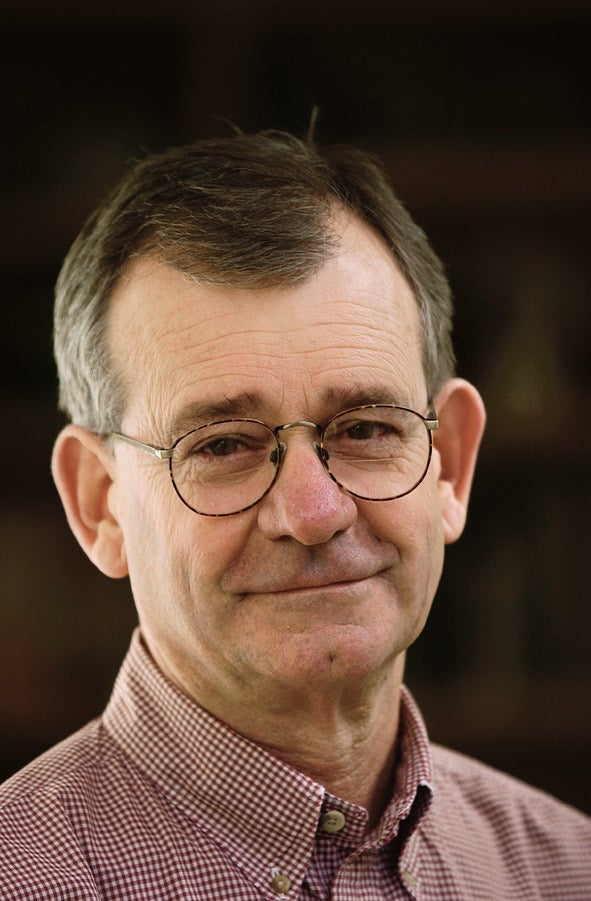More than fifty years ago, while still a student at Harvard Law School, John Jay Osborn Jr. ’70 penned a novel about an eager first-year law student named “Hart,” and his tumultuous relationship with an austere contracts professor named “Kingsfield.”
The book, “The Paper Chase,” became an overnight sensation. A hit movie version, released in 1973, earned John Houseman, the actor who played Kingsfield, an Academy Award, and a long-running television series aired for four seasons in the late ’70s and early ’80s.
“The Paper Chase” defined legal education for generations of students. For Osborn, the place that inspired his iconic novel made an impression that lasted a lifetime. In a letter earlier this year, he remembered how important the law school had been in his life. “It’s really quite amazing. I wrote novels inspired by the law school, and became a law professor for the same reasons. And it wasn’t just ‘law school.’ Law school was never generic for me. It was always ‘The Harvard Law School.’”
Osborn, an author, lawyer and legal academic, died of squamous cell cancer on Oct. 19 at his home in San Francisco. He was 77.
Best known as the author of “The Paper Chase,” Osborn taught at several law schools and wrote four other novels and more than 40 film and television scripts.
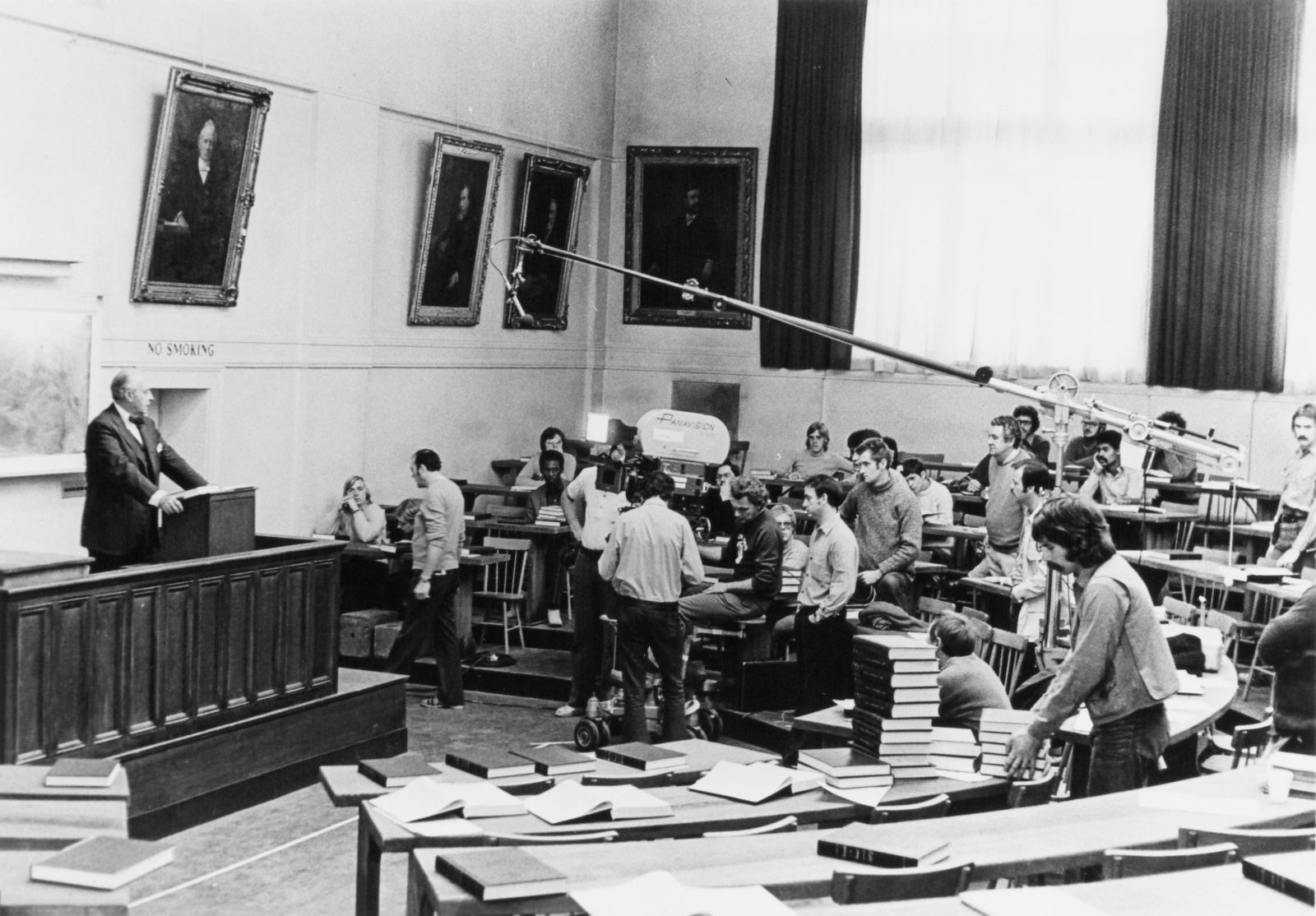
His third novel, “The Associates,” about life at a Wall Street firm, was adapted into a television series starring Martin Short. His last novel, “Listen to the marriage,” set in the intimate space of a marriage counselor’s office, was inspired by his own relationship-saving experience with a marriage counselor. Osborn had said that he hoped to change law school for the better with his first book and wanted to change marriages for the better with this one.
A descendant of both John Jay, the first chief justice of the United States, and the railroad baron Cornelius Vanderbilt, Osborn was born in Boston in 1945. He grew up in San Francisco, after his father, Dr. John Jay Osborn, an inventor of the heart-lung machine that made open heart surgery possible, moved West to take a position at Stanford University Medical School in 1954 .
He enrolled at Harvard College in the mid-1960s, earning a Bachelor of Arts in American History in 1967 before attending Harvard Law. After graduating with a J.D., he clerked for Judge Max Rosenn of the United States Court of Appeals for the Third Circuit and was later an attorney with the Wall Street law firm, Patterson Belknap Webb & Tyler.
During his career, he taught law at the Benjamin N. Cardozo School of Law at Yeshiva University, the University of Miami School of Law, UC Berkeley School of Law, and, from 1991 to 2016, the University of San Francisco School of Law. As an academic, he eschewed the intimidating “cold call” process in which a professor simply points to a student and waits for the response to a question, instead permitting his pupils to raise their hands as a way to get them to engage.
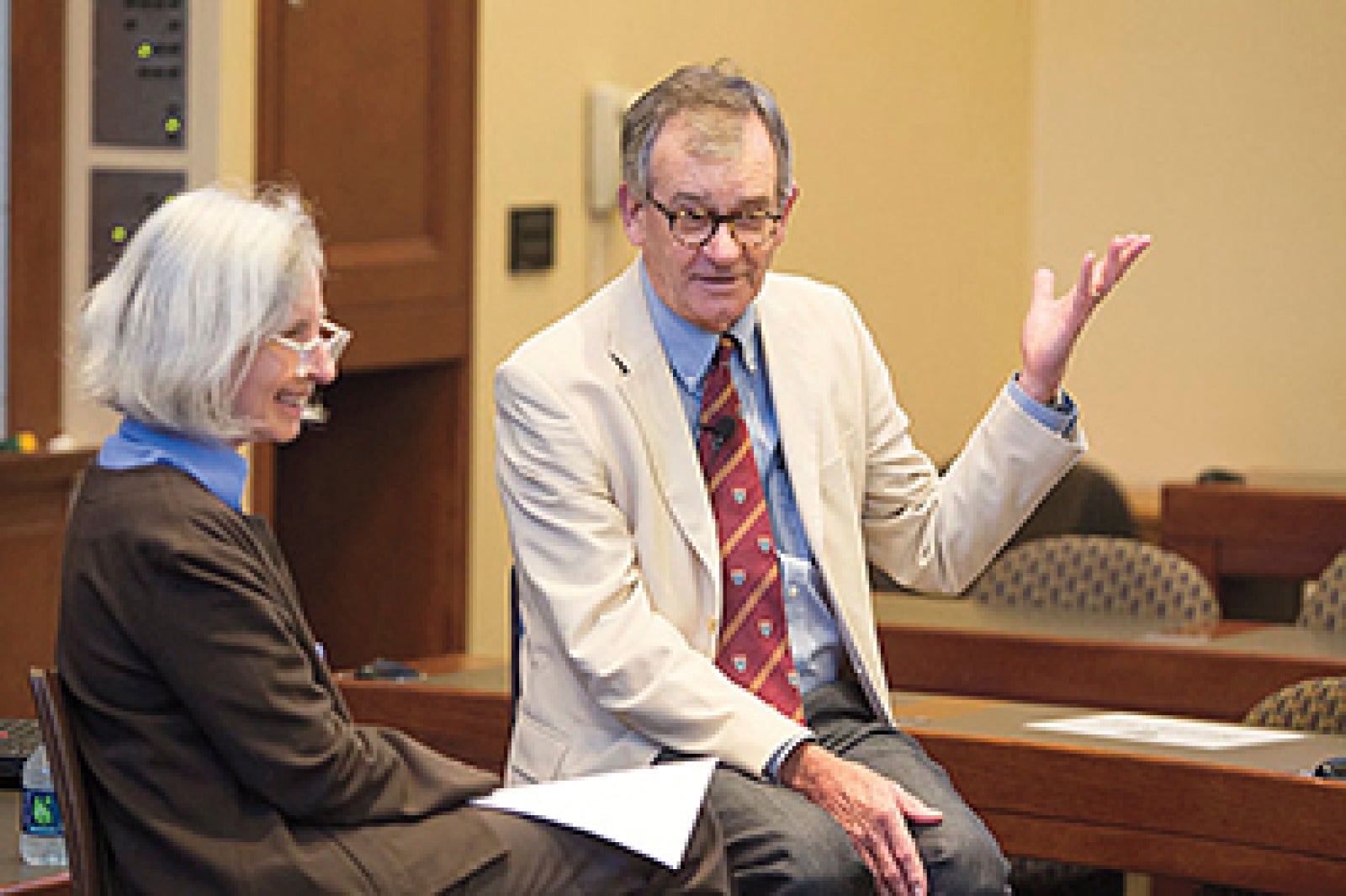
In a 2012 interview with then Harvard Law School Dean Martha Minow, Osborn said that, as an undergraduate at Harvard College, he wanted to pursue writing, but was discouraged after being rejected from a poetry seminar by a teaching assistant who told him his verse was terrible.
Osborn fondly recalled his own contracts professor, Lon Fuller, whom he described as “such a wonderful teacher.” While Osborn always insisted that Kingsfield was a composite of several law professors, Clark Byse, a leading scholar in administrative law, was believed by many to have been one of the inspirations for Kingsfield in “The Paper Chase.” In a tribute to Osborn in the New York Times, Professor Minow wrote: “I do know that some now long-gone law professors here vied over who was the real model for Kingsfield.”
In an essay published in 2003, Osborn said his feelings about the law school changed over time. When his daughter Meredith was applying to law schools, he said, he somehow found himself telling her to go to Harvard.
“I found myself extolling the benefits of the place,” he said. “I explained that she needed ‘the real law school experience,’ not some watered-down version offered out here on the West Coast, in some mock mission-style law school where they sip caffe latte on a slate terrazzo in the hot sun in the middle of January.”
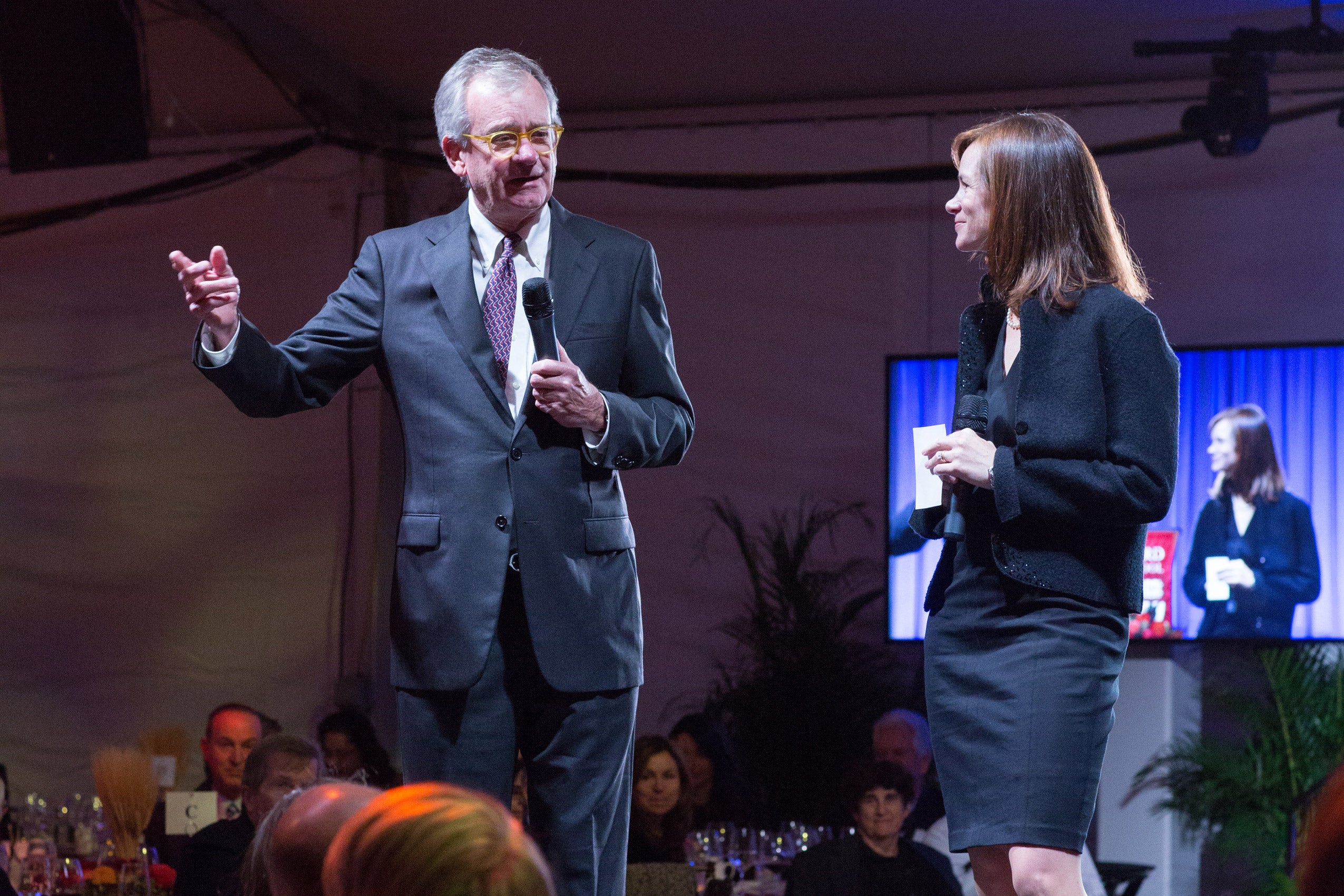
In 2015, Osborn returned to campus with Meredith, who graduated from Harvard Law School in 2006, for the launch of the “Campaign for the Third Century.” The Osborns reflected on three very different Harvard Law Schools — his, hers, and the fictional one dominated by Professor Kingsfield.
Meredith, who is currently chief trial deputy for the San Francisco City Attorney’s Office and an adjunct professor at UC Hastings Law in San Francisco, asked her father then why he set “The Paper Chase,” which is essentially a love story, at Harvard Law School. “Think about it! It’s a romantic place,” he insisted. “The Treasure Room! The Red Set! The first light snowfall on the lawn in front of Langdell, at twilight. And those tall windows set between those columns and the light shining out on that snow. Harvard Law School is full of romance!”
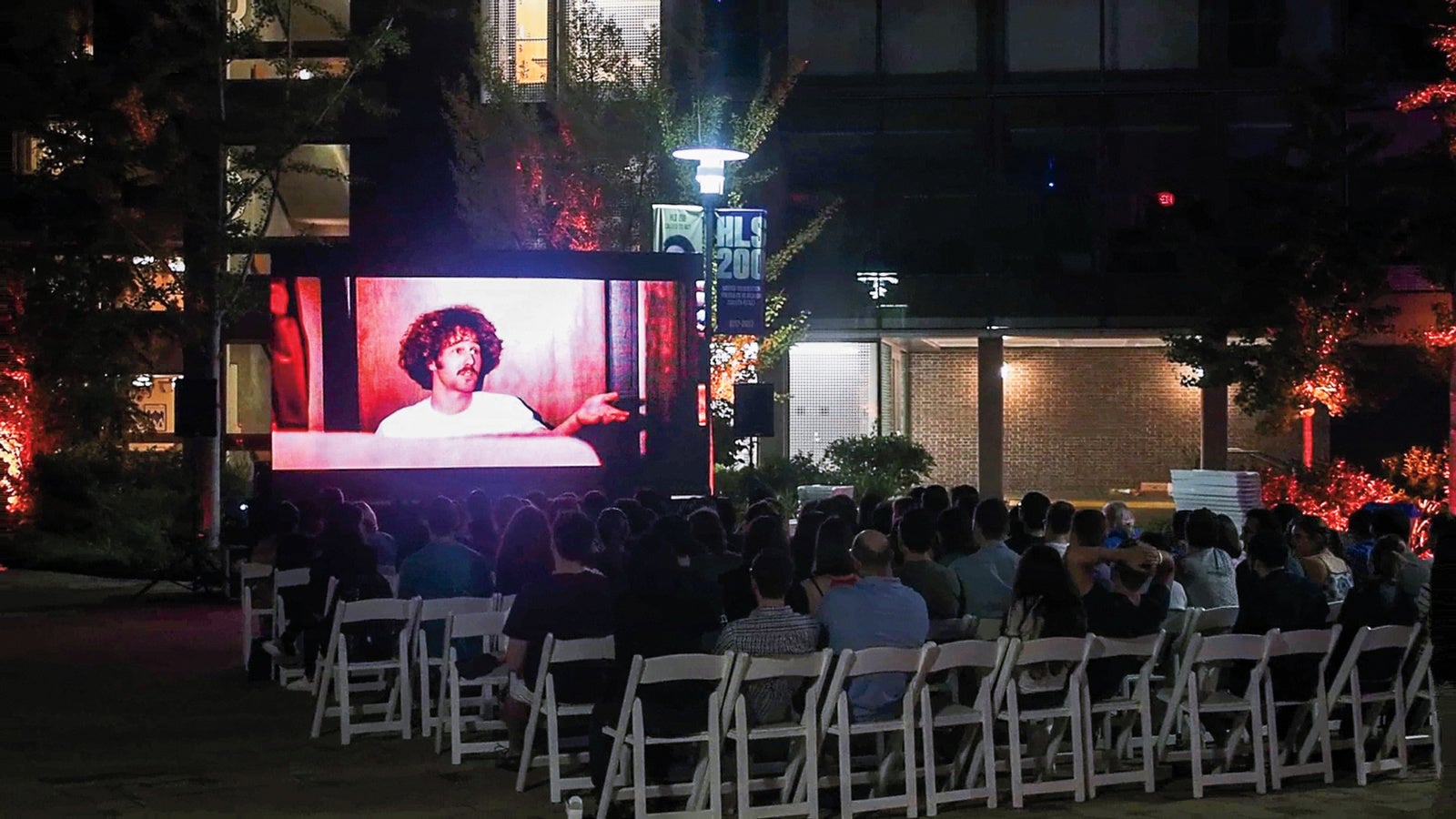
As part of its Bicentennial Celebration in 2017, the law school hosted a late-night outdoor screening of “The Paper Chase” as a featured event.
The audience of students – for whom the 2001 film “Legally Blonde” and its main character Elle Woods are cultural touchstones – raucously called out lines from the 1973 “Paper Chase” “Rocky Horror Picture Show”-style. (“Mr. Hart, here’s a dime. Call your mother, and tell her there is serious doubt about you becoming a lawyer.”)
“For some reason, it struck me powerfully that they were showing ‘The Paper Chase,’ in the open air, at HLS and the dean was in attendance,” Osborn wrote in a 2018 letter to the editor of the alumni magazine. “When ‘The Paper Chase’ first came out, the HLS administration was mad as hell—they hated it. Really. I was regarded as a pariah. … That is why I am so grateful and amazed to see that the students, and perhaps the dean, can now recite the words to it.”
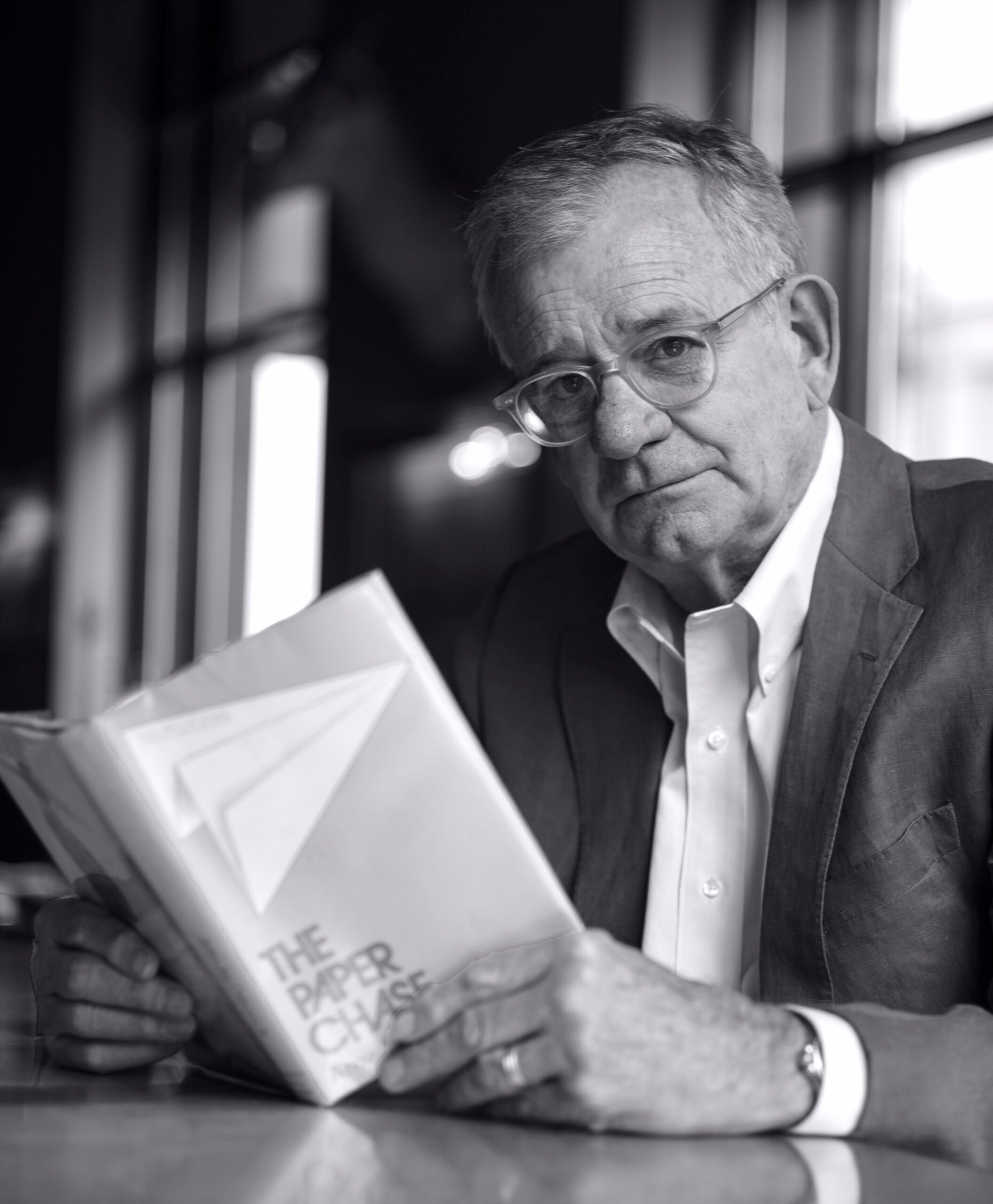
In addition to his daughter Meredith, he is survived by his wife, Emilie Osborn, a retired doctor; his sons, Samuel and Frederick; six grandchildren; his brothers, Oliver, Joseph and Ed; and his sisters, Mimi Oliver, Cindi Garvie and Anne Weiser-Truchan.
